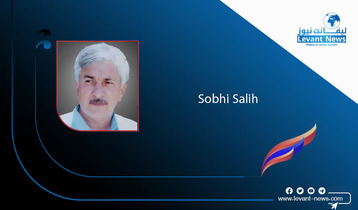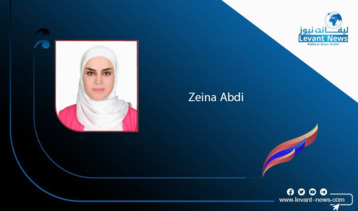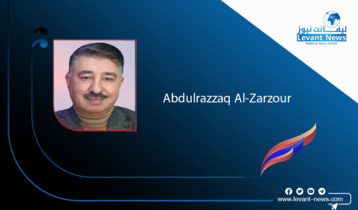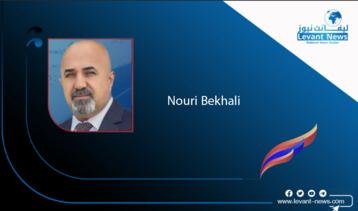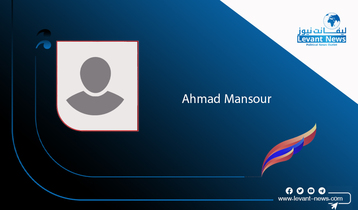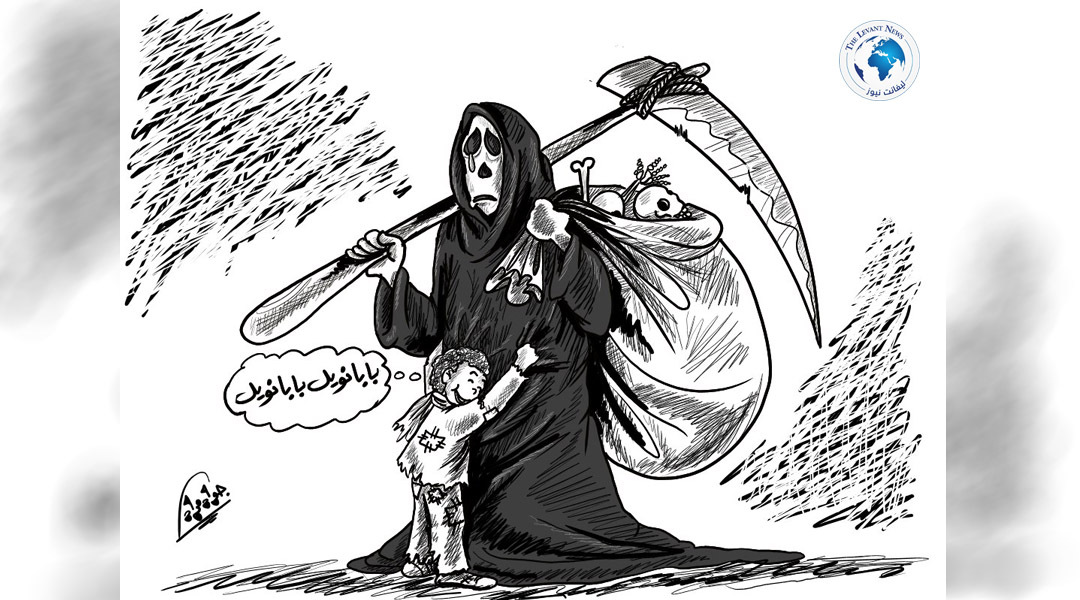-
Trump's Message and the Disturbance of the Iranian Regime!
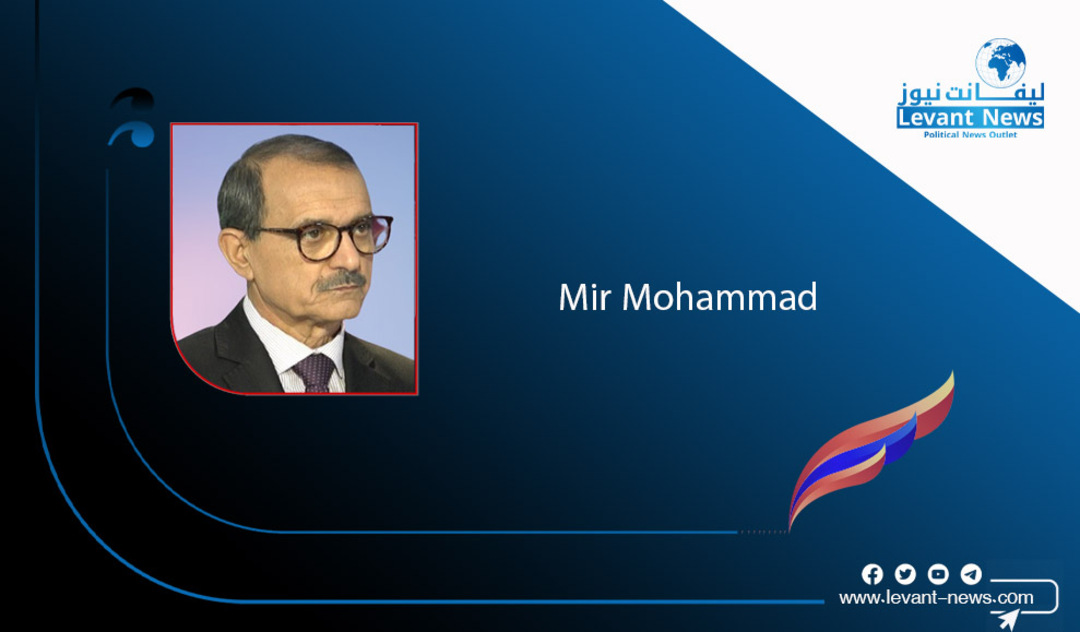
In recent days, Donald Trump's message to Ali Khamenei, the leader of the Iranian regime, has revealed the fragility and internal turmoil within this system. This message, confirmed by Abbas Araghchi, the regime's foreign minister, on March 20, 2025, not only highlighted the diplomatic challenges facing Tehran but also showcased the strategic fractures and incapacities among its leaders. As international pressures escalate, the conflicting and confused reactions of Iranian officials reflect a regime that is floundering in the face of crises.
A Double Message and Fluctuating Reaction
Araghchi announced in an interview with state television that Trump's message had arrived and was "more of a threat than an opportunity," but he added that it was under review and would be responded to considering "all aspects." He reiterated the regime's usual rhetoric, stating, "In every threat, there is an opportunity," while simultaneously emphasizing a refusal to negotiate directly with the U.S. under pressure. In contrast, Fatemeh Mohajerani, the spokesperson for the regime's president, Masoud Bezhakiyan, took a different stance, saying, "We will not yield to extortion," but noted that "the door for negotiation is open within diplomatic norms." This clear contradiction not only demonstrates a lack of coherence in policymaking but also indicates an intellectual confusion among the regime's ranks about how to address this threat.
Trump's Pressure and Diplomatic Deadlock
According to reports from Bloomberg and Axios, Trump gave Khamenei a two-month deadline to reach a new nuclear agreement, warning that military options were on the table if ignored. He even described the moment as "decisive" in an interview with Fox News, adding, "Either we reach peace, or the alternative will solve the problem." This message came as the U.S. intensified its airstrikes against the Houthis in Yemen, who are backed by Iran, attributing all their movements to Tehran. This pressure has placed the regime in a position where it cannot retreat or confront directly, deepening its strategic confusion.
Signs of Internal Collapse
The reactions of the regime's officials to this message are not merely diplomatic responses; they reflect an internal crisis. Araghchi described 2025 as "difficult, complex, and important," an expression that resembles an acknowledgment of incapacity to manage the situations. This fluctuation comes amid numerous issues: a collapsed economy, widespread public discontent, and weakened regional allies like Hezbollah and the Houthis. The contradiction between Mohajerani's and Araghchi's statements reveals that even at the highest levels of decision-making, there is no consensus on how to confront these threats. These previously hidden fractures have now surfaced publicly, casting doubt on the regime's ability to manage crises.
An Uncertain Future!
The regime's official silence regarding the precise content of Trump's message, coupled with media warnings about the possibility of international sanctions returning through a 'snapback' mechanism, has propelled the Iranian political landscape in 2025 toward chaos and deadlock. While the regime attempts to project an image of resistance, its inability to provide a coherent solution to these challenges is evident. However, this deadlock may carry harsher consequences. Maryam Rajavi, the elected president of the National Council of Resistance of Iran for the transitional period, warned Khamenei, saying, "Negotiate, negotiate as quickly as possible, then the regime will split and face crises far beyond what it is now." This analysis shows that entering negotiations, instead of saving the regime, may deepen internal divisions and turn discontent into a larger explosion.
A Regime on the Brink of Collapse
Trump's message and the scattered reactions of the Iranian regime reflect, more than a diplomatic opportunity, a political deadlock and strategic weakness for this regime. As global pressures increase, the absence of a clear strategy and internal coherence, alongside warnings like Rajavi's words, steers the regime toward dangerous scenarios. Can Tehran emerge from this whirlwind, or will this message mark the beginning of total collapse? The answer will reveal itself in the coming months, but what is clear now is that the regime appears more fragile than ever in the face of internal and external storms.
By Mir Mohammad
Tags
You May Also Like
Popular Posts
Caricature
opinion
Report
ads
Newsletter
Subscribe to our mailing list to get the new updates!

